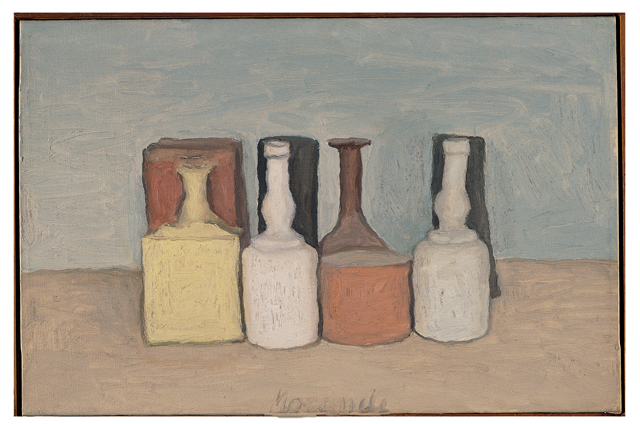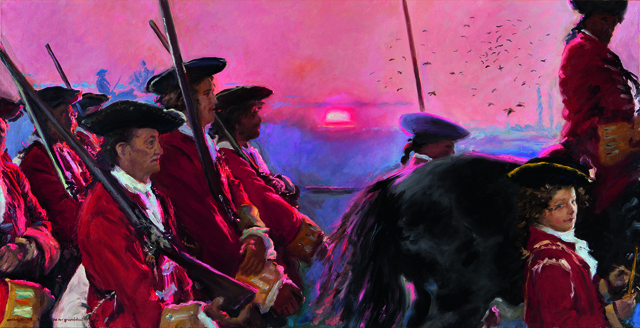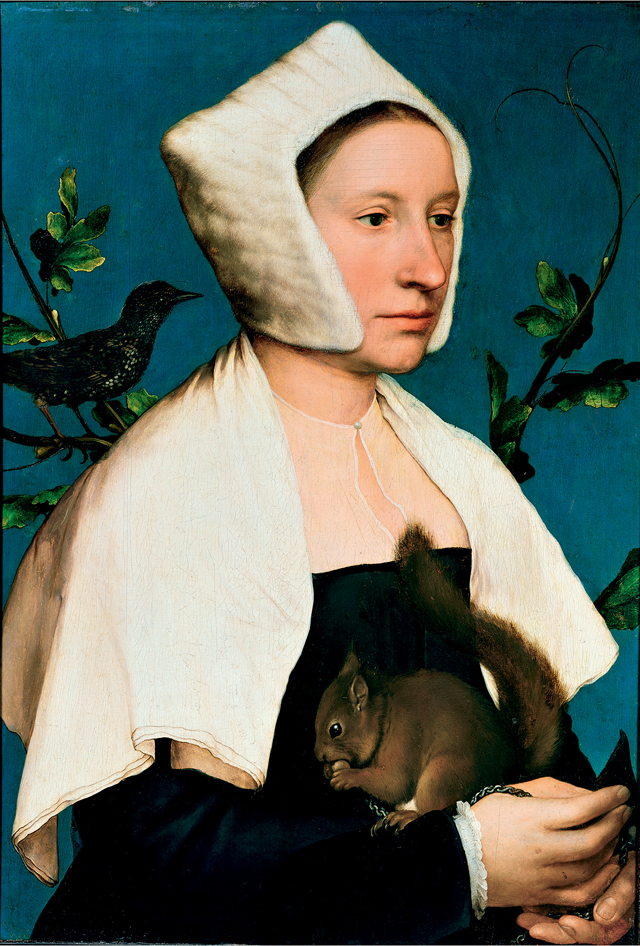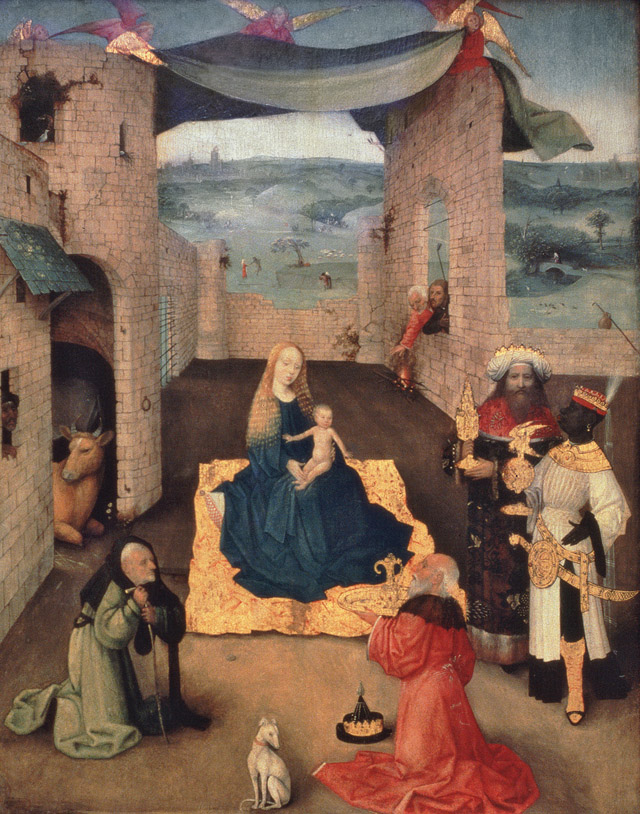My favourite painting: Penelope Wilton
Penelope Wilton chooses her favourite painting for Country Life.


Natura Morta, 1956, by Giorgio Morandi (1890–1964), 113⁄4in by 173⁄4in, Galleria d’arte moderna di Bologna, Italy.
Penelope Wilton says: 'On a recent trip to Bologna, I went to the Museo Morandi and saw at least 50 of the artist’s works. I happened to be completely alone and wandered up and down, seemingly looking at practically the same painting: bottles, jars, thin containers or cardboard boxes standing side by side in neat rows. The colours were all from the same soft, muted palette: creamy foregrounds, soft peach, white, greys, browns with a tinge of orange. Of course, these are objects we all probably use or see every day, but he made me look at them with a new eye. They have become beautiful shapes, complicated and compelling. I find the quiet, reflective quality of Morandi’s paintings soothing and curious and their simplicity took my breath away'
Downton Abbey star Penelope Wilton can be seen in Taken at Midnight at the Theatre Royal Haymarket, London, until 14 March 2015 and in The Second Best Exotic Marigold Hotel from February 27.
John McEwan comments: When Richard Demarco selected Morandi for this page (October 21, 2009), he cited the late Scottish painter Earl Haig RSA, who described Morandi’s art as ‘the jumping-off point for a visual and spiritual experience’. Mr Demarco wrote that a Morandi still life ‘provides proof positive that modern art can aspire to the condition of prayer’. Haig visited Morandi with the painter Derek hill in 1950. Morandi lived with his three sisters in a small flat in a modern apartment block in Bologna, his birthplace. Haig wrote: ‘The sisters shared a room with a Madonna hanging above their beds. Perhaps the very ordinariness of their surroundings helped Morandi to be transported into a metaphysical state of mind, as he meditated in front of his tin boxes with their painted sides... Morandi’s way of life seemed to me so simple, and he was shocked by the high prices which his dealers were able to ask for his work... he reduced the sunlight in his studio by means of a gauze screen which he attached to his windows, and by this means a diffuse light was filtered on to the objects of his still life, which had been specially selected or painted to give a pleasing relation- ship of shape, tone and colour... he spent many hours contemplating the objects of the still life... The actual painting took only a short time, perhaps two hours... his technique was to use only a few colours put on directly and cleanly... With his sensitive brush strokes the marble jars and tin boxes were caressed into a life of their own.’
This article was originally published in Country Life, January 21, 2015
More from the My Favourite Painting Series

My favourite painting: Robert Hardy
Robert Hardy chooses his favourite painting for Country Life.
Sign up for the Country Life Newsletter
Exquisite houses, the beauty of Nature, and how to get the most from your life, straight to your inbox.

My favourite painting: Neil MacGregor
Neil MacGregor chooses his favourite painting for Country Life.

Credit: Stephen Conroy
My favourite painting: Val McDermid
Val McDermid chooses her favourite painting for Country Life.

Credit: www.bridgemanimages.com
My favourite painting: John Rutter
John Rutter chooses his favourite painting for Country Life.
Country Life is unlike any other magazine: the only glossy weekly on the newsstand and the only magazine that has been guest-edited by HRH The King not once, but twice. It is a celebration of modern rural life and all its diverse joys and pleasures — that was first published in Queen Victoria's Diamond Jubilee year. Our eclectic mixture of witty and informative content — from the most up-to-date property news and commentary and a coveted glimpse inside some of the UK's best houses and gardens, to gardening, the arts and interior design, written by experts in their field — still cannot be found in print or online, anywhere else.
-
 Athena: We need to get serious about saving our museums
Athena: We need to get serious about saving our museumsThe government announced that museums ‘can now apply for £20 million of funding to invest in their future’ last week. But will this be enough?
By Country Life
-
 Six rural properties with space, charm and endless views, as seen in Country Life
Six rural properties with space, charm and endless views, as seen in Country LifeWe take a look at some of the best houses to come to the market via Country Life in the past week.
By Toby Keel
-
 My favourite painting: Allan Mallinson
My favourite painting: Allan MallinsonMilitary historian Allan Mallinson picks an image of 'faith, generosity and ultimate sacrifice'.
By Charlotte Mullins
-
 My Favourite Painting: Piet Oudolf
My Favourite Painting: Piet Oudolf'One cannot sense whether he is far out on the ocean or closer to shore, or what he may be watching or feeling in that moment as he stares towards the beach.’
By Country Life
-
 My Favourite Painting: Mary Plazas
My Favourite Painting: Mary Plazas'There is compassion, awe, humility, a knowing yet a questioning in the glistening eyes. It moves me, it inspires me beyond the need to know.’
By Country Life
-
 My favourite painting: Robert Kime
My favourite painting: Robert KimeRobert Kime shares his fondness for New Year Snow by Ravilious
By Country Life
-
 My Favourite Painting: Anna Pavord
My Favourite Painting: Anna PavordAnna Pavord chooses a picture which reminds her of where she grew up
By Country Life
-
 My favourite painting: The Duchess of Wellington
My favourite painting: The Duchess of WellingtonThe Duchess of Wellington chooses her favourite painting for Country Life.
By Country Life
-
 My favourite painting: Maureen Lipman
My favourite painting: Maureen LipmanMaureen Lipman chooses her favourite painting for Country Life.
By Country Life
-
 My favourite painting: Jacqueline Wilson
My favourite painting: Jacqueline Wilson'I looked at this painting and decided to write about a Victorian circus girl one day'
By Country Life